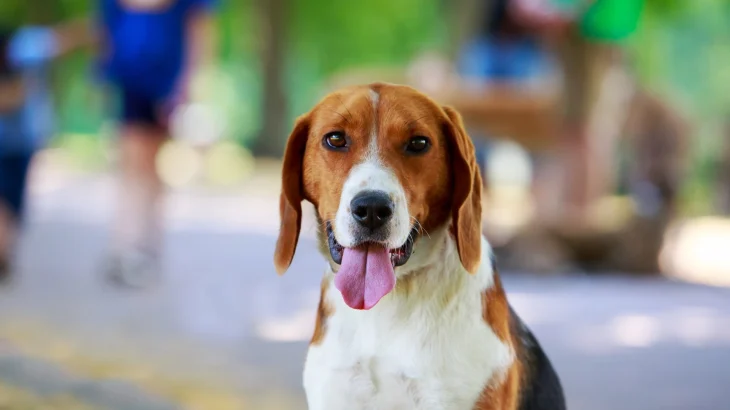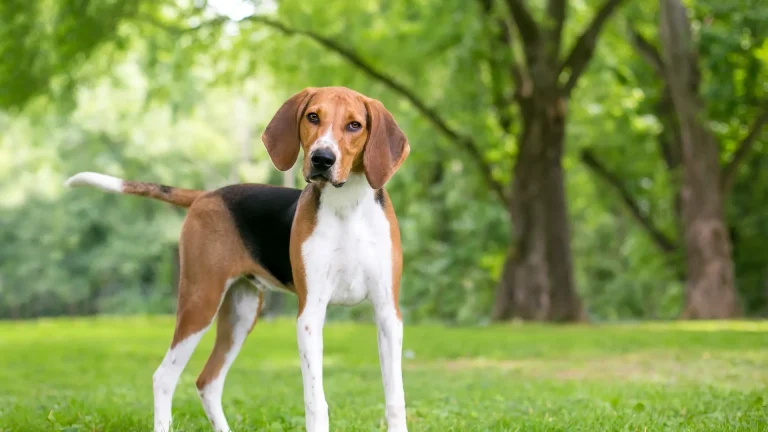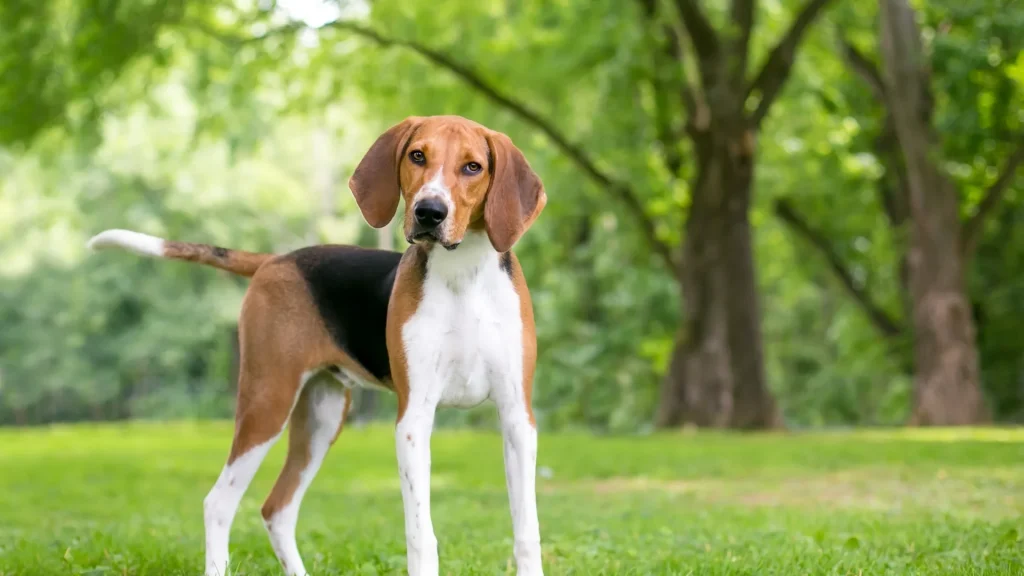Choosing between adopting an American Foxhound puppy or purchasing one from a breeder means balancing factors like cost, health transparency, and ethics. Breeders often provide detailed lineage and health info, while adoption offers a chance to give a home to a dog in need, sometimes with less known background.
| Criteria | Buying from Breeder | Adopting from Shelter/Rescue |
|---|---|---|
| Cost | Typically higher, reflecting pedigree and breeder costs. | Usually lower fees, more budget-friendly. |
| Health History | Detailed records and genetic screening specific to breed. | Health history may be limited; basic screening common. |
| Age Availability | Mostly puppies, allowing early bonding. | Varied ages, puppies less common. |
| Temperament Insight | Breeder shares traits based on lineage and socialization. | Shelters give behavioral observations; lineage often unclear. |
| Ethical Considerations | Supports breeders prioritizing responsible breeding; research needed to avoid puppy mills. | Reduces shelter populations and rescues dogs needing homes. |
| Breed Purity & Pedigree | Generally guaranteed with documented lineage. | Often unknown or mixed; purebred not guaranteed. |




















































